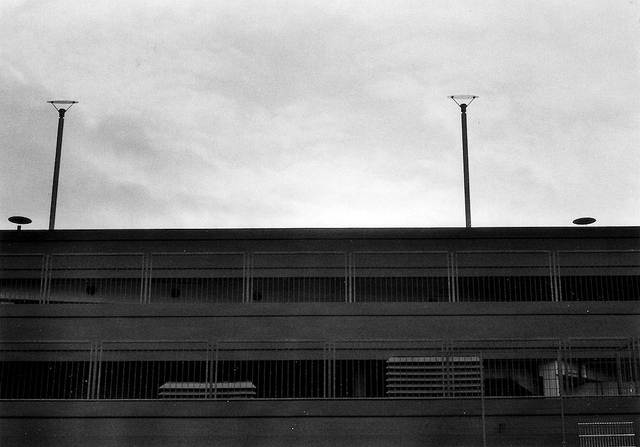I thought I was preparing to sit down to write a blog post about writing, but first I had to meet a friend in the Media Markt to drop off the key to the apartment where I’ve been cat sitting between Christmas feasts. This Media Markt is located in a shopping center in Berlin-Neukoelln, the neighborhood that might offer the most insight into what gentrification looks like in 2013 in Germany. My friend, surrounded by glittering cases of DVDs and CDs, had apparently chosen her destination wisely. The desperate post-Christmas sales were on, and the sidewalk in front of the Arcaden was swarmed. I stepped into the crowd of Neukoellners. So did a man who looked homeless. The man who looked homeless was pulled aside by two policemen who told him this wasn’t the place for him. He started yelling. One of his interlocutors looked unmoved and professional. One laughed. The man kept protesting, but he would not be coming inside. I was swept in with the families and teenagers and young singles who looked to be probable customers.
Berlin profits from its re-branding as a ‘creative city’ and a party city, and policy makers and the media alike must be averse to associations of the struggling capital with the privatization of space. Berlin is open. Berlin is poor but sexy (though this status has been rosily upgraded). Berlin loves you and never mind those stickers and that graffiti claiming the contrary. But debates on privatization are prominent in the academic and journalistic essays included in The Berlin Reader, a recent publication that opens up German-language debates in the city to an English-speaking audience. The scene in Neukoelln resonated with the tone of the book and was a reminder that a person interpreted as an economic outlier is an outsider in this city. And an outsider may not be afforded the advantage of a few moments in the hustle and bustle and central heating of a shopping center that looks–with its open walkways and available benches–to be waiting for anyone.
Maybe children represent a last frontier of people allowed to proceed without the ultimate motive of getting and spending. In Katrin Roeggla’s docu-novel We Never Sleep (2009), the it-supporter eliminates the purposive state of imprecisely aimed learning and being that characterizes childhood, enthusing, “Just imagine how it would be if one could, if one developed the ability to save sleep… Whole childhoods would be invested in just scraping together enough sleep for later.” The children born into this utopia would have to be roused at puberty because teenagers make good consumers. Before making the regal escalator ascent to the Arcaden’s second floor, I loitered to watch a few of them. They were very decent citizens, with Cokes and cell phones and a lifetime of wanting things ahead of them. It’s hard not to feel sorry for people who are learning that to belong, just to pass through a set of automatic doors, you have to be prepared to buy your way in. It’s harder to realize how deeply ingrained that lesson is in oneself, how it is supplemented by the sense that one continues to merit the space that the ungainly body takes up because one is paid.
Later my friend would give me a big smile and call the Media Markt hell on earth, which seemed both apt and too literal. Maybe I would have believed her if she told me that Media Markt was a physical manifestation of my soul, hastily composed from available elements and calling out to be bought at a discount price. Anyway, I couldn’t find my way around the store. Saw no familiar figure threading through the rows of cell phone cases. Feeling disobedient but protected by the bland normalcy of my black coat and tidy hair, I took out a notebook and started writing instead of idly fingering that crisp, clear sheathing between me and the things I might buy. Some of those notes have been repurposed for this blog post. Otherwise, what a lowly creature I would have been, writing away—and only for myself—when I should have been shopping.
* Photo of Neukoelln Arcaden by user optikfluffel, Flickr Creative Commons

